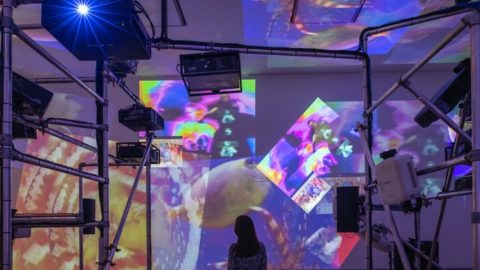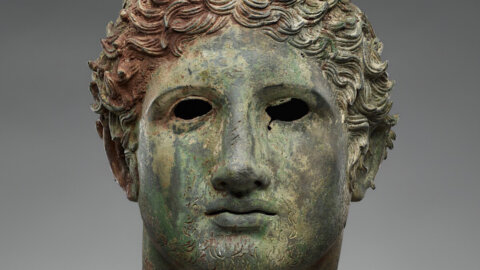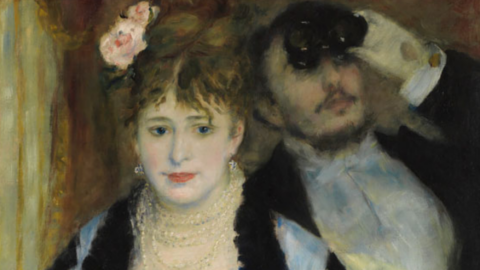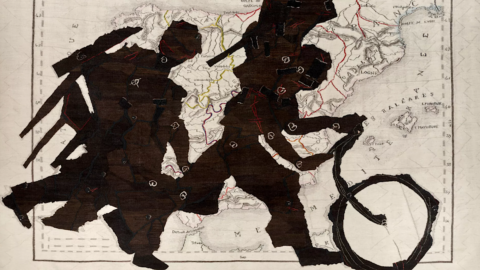Tate Modern presents a major exhibition by visionary Korean artist Nam June Paik. Renowned for his innovative use of emerging technologies, Paik's playfully entertaining work remains an inspiration to artists, musicians and artists around the world.
Nam June Paik (1932-2006) developed a collaborative and interdisciplinary practice that foresaw the importance of mass media and new technologies, coining the phrase "electronic superhighway" to predict the future of communication in the Internet age. It has become synonymous with the electronic image through a prodigious production of manipulated televisions, live performances, global television broadcasts, single channel video and video installations.
To present the radical world of Paik, the show opens with TV Garden 1974/2002. This large-scale installation explores the diminishing distinctions between nature and technology, featuring dozens of televisions that appear to grow within a garden of lush foliage. Paik's early robot work Robot K-456 1964 is also on display and one room is devoted to the screening of three of Paik's groundbreaking satellite videos. Broadcast in the 80s, these ambitious works feature popular culture icons including Peter Gabriel, Laurie Anderson, David Bowie and Lou Reed, who define the “MTV aesthetic” of the era.
The artist also played a pivotal role in Fluxus, an international network of avant-garde artists, composers, designers and poets, through the cross-germination of radical aesthetics and experimentation.
Born in South Korea but living and working in Japan, Germany and the United States, Paik has collaborated with a global community of avant-garde artists. The show highlights key creative partnerships with composer John Cage, choreographer Merce Cunningham and artist Joseph Beuys. Paik's collaboration with cellist Charlotte Moorman was also deeply meaningful to both artists, who developed a repertoire of provocative performances incorporating Paik's television sculptures within elaborate costumes and props. The exhibit includes TV Cello 1971 and TV Bra for Living Sculpture 1969, along with videos and photographs of their performances.
One room is dedicated to Paik's first seminal solo show, Exposition of Music – Electronic Television. Many of the original artworks have been reassembled, including prepared pianos and musical instruments, along with examples of the artist's manipulated early televisions. Additional highlights include seminal works demonstrating the influence of Zen, Taoism, and broader Buddhist philosophies in Paik's approach to art and technology, including TV Buddha 1974 and One Candle 1989. The exhibition culminates with the extraordinary installation Sistine Chapel 1993, recreated for the first time since Paik was awarded the Golden Lion for the German pavilion at the Venice Biennale over 25 years ago.
Nam June Paik is curated by Sook-Kyung Lee, Senior Curator, International Art, Hyundai Tate Research Center: Transnational, Tate Modern and Rudolf Frieling, Curator of Media Arts, San Francisco Museum of Modern Art, with Valentina Ravaglia, Curator and Michael Raymond, Assistant Curator, Tate Modern. The exhibition is organized by the Tate Modern and the San Francisco Museum of Modern Art in collaboration with the Stedelijk Museum in Amsterdam, the Museum of Contemporary Art, Chicago and the National Gallery in Singapore.
Cover image: Sistine Chapel 1993. Install view, Tate Modern 2019. Andrew Dunkley ©Tate





